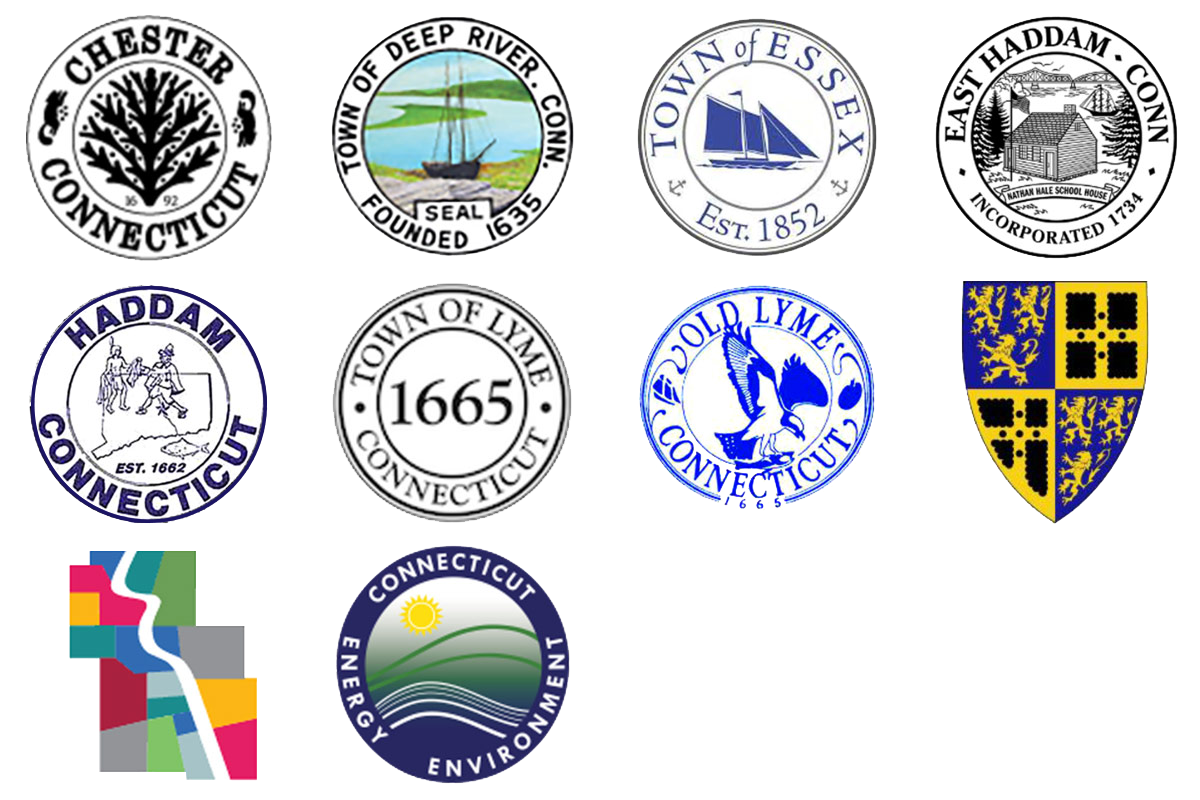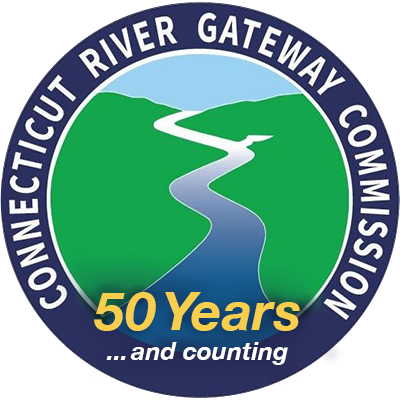Key Regulatory Standards
Light Pollution
Excessive night lighting has been shown to affect our health and dramatically harm nature, and have a devastating effect on wildlife, especially on birds.
Light pollution is an increasingly important issue as night skies over the Connecticut River and tributaries/coves are becoming more and more obscured by excessive exterior and interior lighting. New housing proposals increasingly include powerful outdoor lights to feature homes at night. Excessive lights are aimed to illuminate the night river or to uplight trees along the river’s shore.
At a public hearing in May 2023, the Commission adopted a light pollution definition in a unanimous vote. This definition has been adopted into the standards of member towns.
This standard reads as follows:
Section II - Definition: Light Pollution
Excessive, misdirected, or obtrusive light from artificial sources emanating from a site shone into the sky, onto the land or into the water column of the Connecticut River and its tributaries, including but not limited to site and architectural lighting, lighting on private residential docks, and uplighting of trees or other site features, which may result in: brightening of the night sky, inhibiting the observation of stars and planets; light trespass onto neighboring properties including the Connecticut River; visual glare and discomfort; or significant disruptions to wildlife and ecological cycles.
J. Additional Requirements for Residential Structures over four thousand (4,000) Square Feet in Total Area
4. Review of Applications for Construction in the Gateway Conservation Zone
j.
Within the Conservation Zone, lighting of properties, including site lighting and the illumination of building facades and other architectural features, shall be the minimum necessary for health and safety.
The purpose of this standard is to minimize the amount of artificial lighting emanating from Conservation Zone properties in a way that may contribute to Light Pollution.

A Shared Commitment to the River
The Connecticut River Gateway Commission, a regional “compact,” is comprised of two appointed members from each of the eight member towns, four “regional” members appointed by RiverCOG and a representative of the Connecticut Department of Energy and Environmental Protection’s Commissioner.
